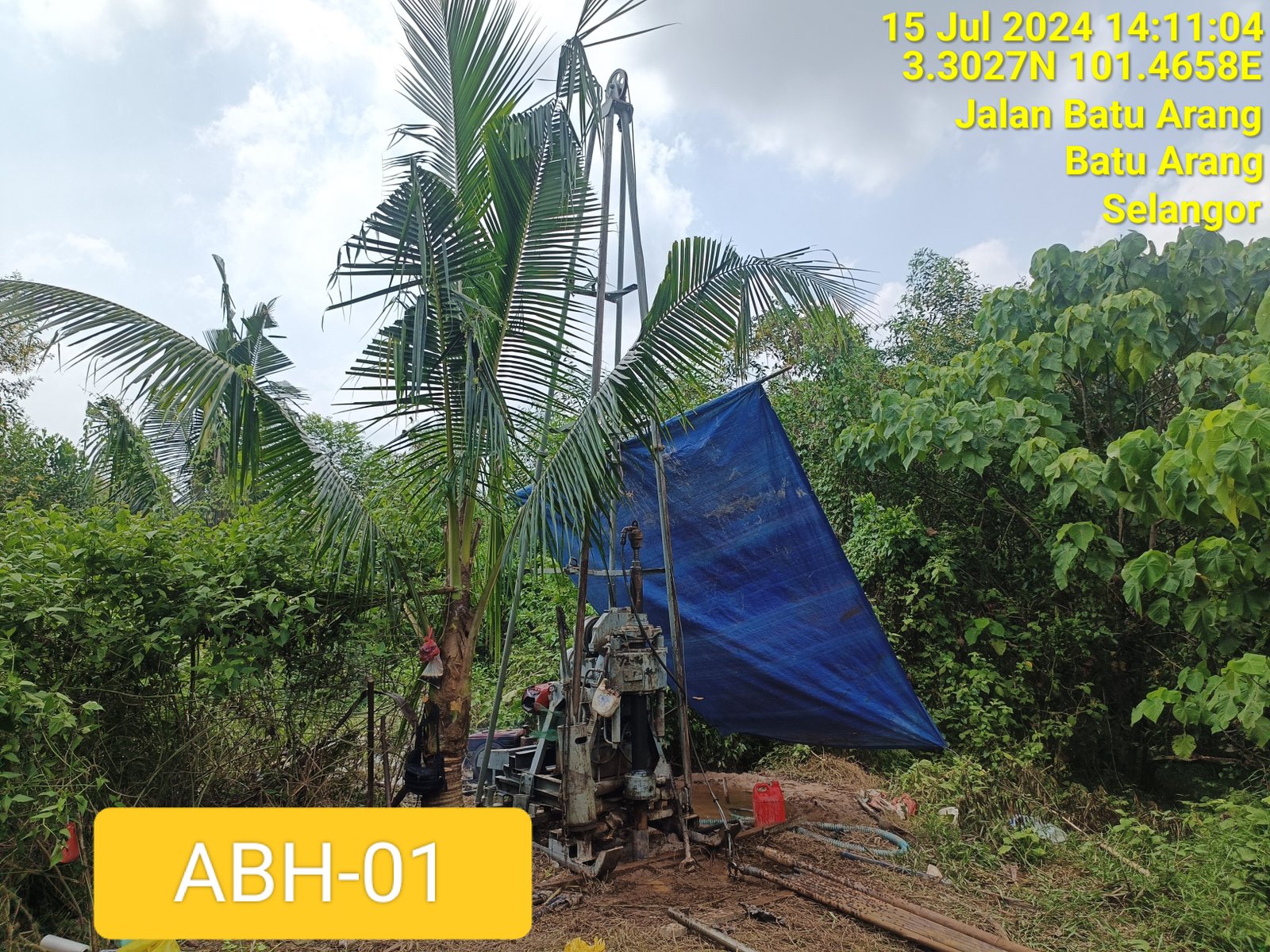What is the Standard Penetration Test (SPT)?
The Standard Penetration Test (SPT) is a widely used geotechnical field test to determine the in-situ properties of soils. It involves driving a standard split-barrel sampler into the soil using a hammer of known weight and measuring the number of blows required to penetrate a specific depth.

Test Procedure
The SPT is conducted in a borehole as follows:
- Drill a borehole to the desired depth.
- Place the split-barrel sampler at the bottom of the borehole.
- Drive the sampler into the soil using a 63.5 kg hammer dropped from a height of 760 mm.
- Record the number of hammer blows required to penetrate six consecutive 75 mm increments (total 450 mm).
- The sum of the blows for the last four increments is the "SPT N-value," which indicates soil resistance.
Applications
SPT results provide valuable information for:
- Assessing soil strength and stiffness
- Designing foundations and retaining structures
- Identifying liquefaction potential
- Characterizing soil layers and subsurface conditions
Advantages
- Simple and cost-effective
- Widely accepted and standardized (BS 5930, 1985)
- Provides both qualitative and quantitative soil data
Limitations
- Results may vary due to operator technique
- Limited accuracy in coarse gravel and hard soil
- Potential for sampler disturbance in soft clays